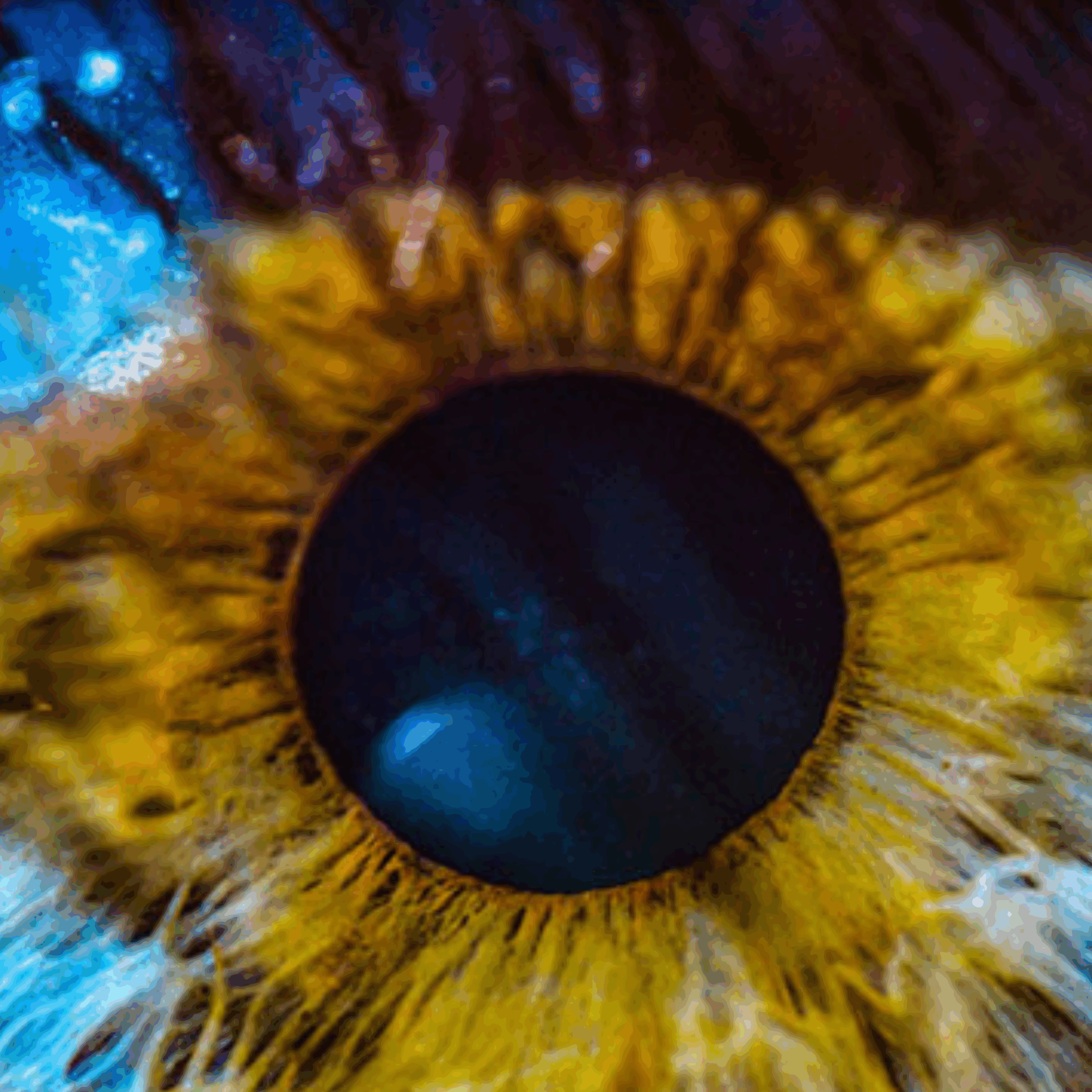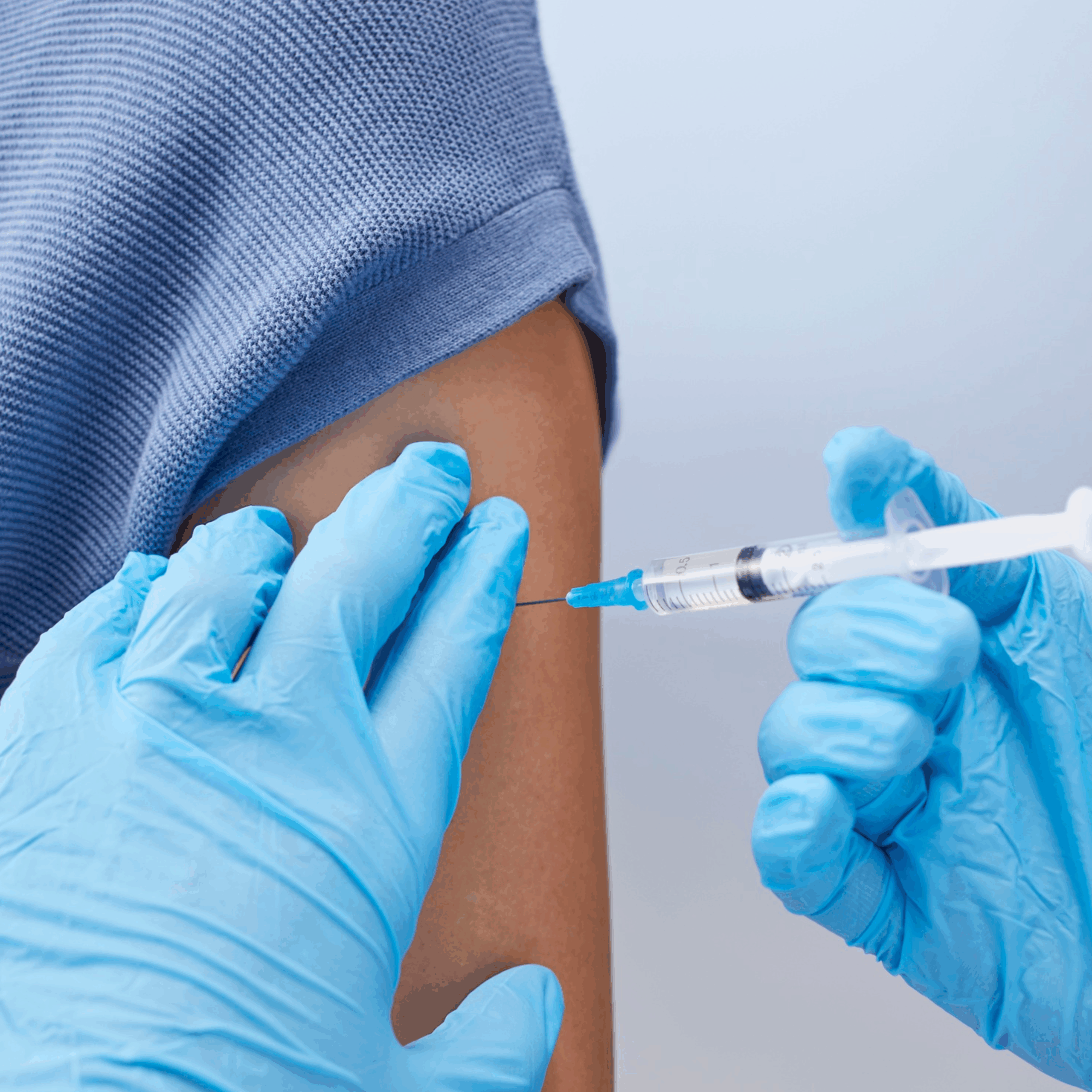9 October, 2024
Hot Off The Press
More updates on the latest research:
Gene therapy is improving vision in Bothnia Dystrophy
Bothnia dystrophy is a rare form of IRD which is mostly seen in Sweden but also pops up across the world. An early gene therapy trial showed promising results. A viral vector with a healthy gene was given via a subretinal injection to replace the defective gene. Healthy proteins could then be produced by the retina.
The trial lasted for 12 months, and in 11 of the 12 subjects, night vision, among other things, improved significantly. And most subjects felt that their quality of life improved. There were no serious side effects noted. Bring on the larger studies..!
Now that the gene therapy techniques are more refined and widely used, it is exciting to see new therapies for all kinds of IRDs popping up. The techniques are mostly the same, with a different gene for different diseases…. There really is a snowball effect happening, with more and more gene therapies being trialled all the time.
New AI imaging technology enables more accurate diagnosis of IRDs
A new AI-powered medical imaging technique – “DualStreamFoveaNet” (DSFN) is helping to diagnose and monitor IRDs more accurately than ever. The imaging combines retinal images and blood flow information to locate the fovea very accurately. The fovea is a depression within the macula area of the retina, where visual acuity is at its highest and therefore where IRDs cause the most harm. Subtle defects in and around the fovea will be able to be identified more accurately now with this new more accurate imaging.
The clever DSFN design reduces computational costs and has faster processing speeds while maintaining high accuracy, so more accurate predictions of ocular diseases can be achievable.
That’s all folks, till next time.
Who knows what will pop up next?
It’s all happening
Cathy
Guest writer – Dr Catherine Civil
My name is Dr Catherine Civil. I have been associated with Retina Australia since the early 2000s. At that time, they were called WARPF, or the WA Retinitis Pigmentosa Foundation. WARPF were raffling a car in a shopping centre, and it caught my eye because my dad and my uncle both had Retinitis Pigmentosa. Being a doctor and a parent, I had a particular interest and awareness, not just of the disease, but of the fact that there was a significant risk that I or my children or my relatives might have inherited it.
I turned up at an AGM and found myself on the Board and engaged in fundraising. I spent several years on the Board and met some wonderful people, and I was even Chairman for a couple of years. When I left, I started writing the “Hot off the Press” research update column for the newsletter.
I arrived from the UK in the early 1990s with my husband and twin baby girls to live in Perth for a year for a bit of sunshine and fun, and we find ourselves still having fun in WA 30 years later, and with a grown son as well.




